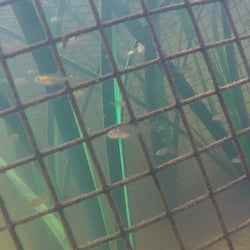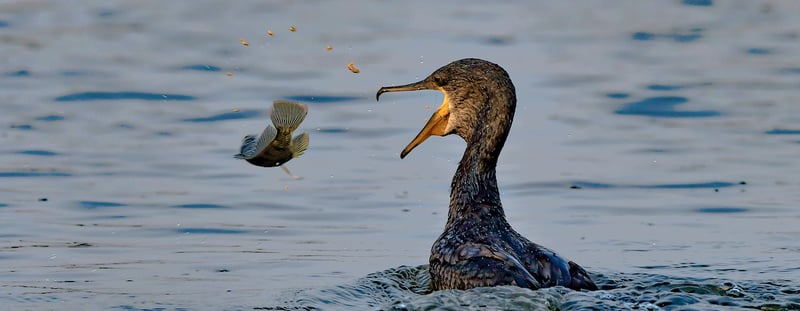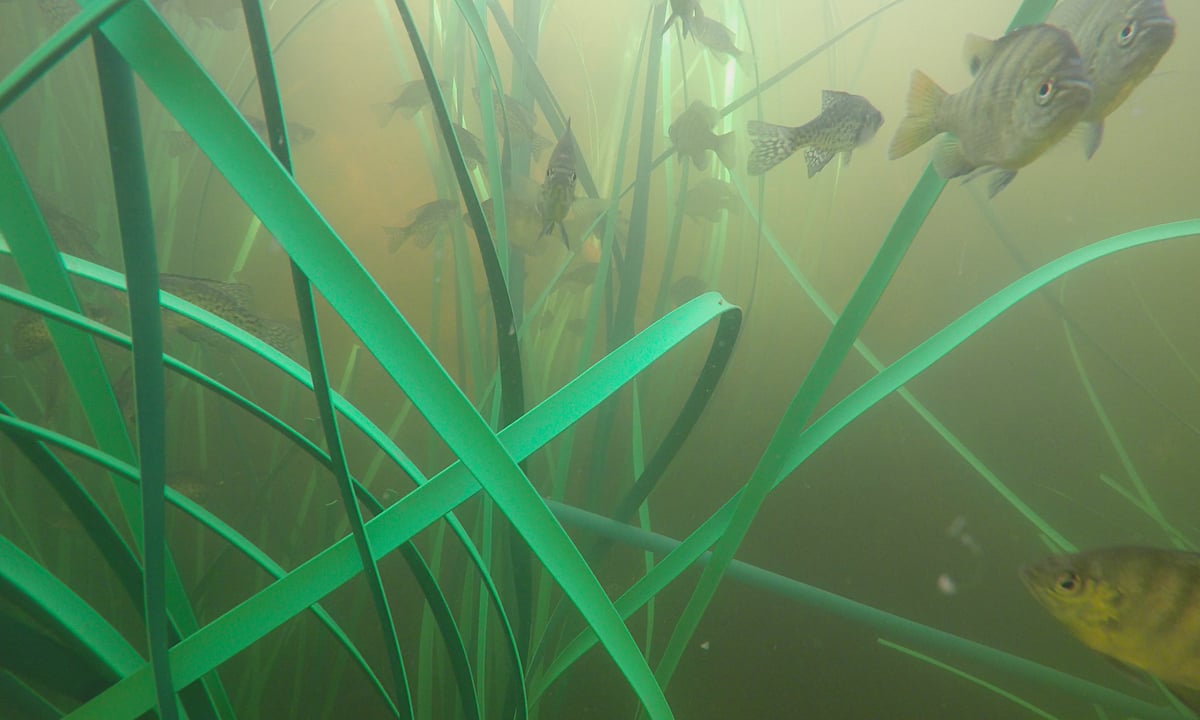A sustainable broodstock of Bluegill in ponds and small lakes is key to improving both the catch rate and catch weight of Largemouth Bass. Just like Bass benefit from artificial cover to improve their feeding efficiency, so can your Bluegill production benefit from strategic habitat placement.
Strategic Habitat Placement to Increase Bluegill Production
At Pond King, we are committed to helping pond owners achieve their respective goals. Whether you are trying to create evenings full of enjoyment with high catch rates of quality fish or producing that true trophy-class Bass from your private fishery, we can help you and your family get the most from your time down at the pond.
Regardless of which of these management goals you have in mind, the first step our biologists recommend is to ensure your pond has good forage base to support your Bass population.
For your Bass to achieve their maximum growth potential, you need to recruit Bluegill back into the forage population at densities equal to or greater than the rate at which they are lost to predation.
How to Improve Bluegill Population Density
There are various ways to improve baitfish production by increasing the resources available through pond fertilization, supplemental feeding, and stocking seasonal forage species.
By understanding the value that habitat installations provide, you can maximize that habitat’s benefit to your fishery. A smart pond owner can leverage this habitat to help both their game fishing and their broodstock production.
To be clear, any additional habitat in the shallow portions of your pond will benefit your baitfish production, but there are a few tricks to help compound these effects.
Add Habitat Near Bluegill Spawning Flats

Placing or enhancing habitat near spawning colonies is an ideal situation.
Bluegill spawn in colonies and while the entire colony may not lay eggs during each spawning event, other individuals will use the existing beds to lay their eggs as the fry hatch and leave the beds.
While one individual may spawn only 4-5 times in a season, this spawning activity makes for continuous production of forage throughout the year.
You can easily identify these spawning colonies by the "honeycomb" appearance created by multiple beds in a small area.
Consider Adding a Fry Nursery to Your Pond’s Spawning Flat
As the newly hatched fry swim away from the nests, they immediately look for a place to hide from predation. You can limit the amount of time the fry are exposed to predation by having brush piles, aquatic vegetation, or artificial structures close to these spawning flats.
The Honey Hole Nursery is hands down the best artificial structure for these types of areas. Its mesh exterior offers maximum protection from larger predators until these fish have grown and are better able to evade predation.
As with all habitat improvement efforts, diversity in the available habitat increases the number of species that can benefit from it and provides varying types of cover as individual needs change as your baitfish grow. Creating pathways and corridors of cover from shallow water to deeper areas of your pond serves as highways for your fish to travel, thus improving their chances of being recruited into the Broodstock Population.
Increase Available Cover in Fish Feeding Areas

Another excellent location for habitat installments is near fish feeders or placing feeders to dispense feed near areas of available cover. By limiting the space between these locations, you reduce the distance the forage species have to travel for these resources and limit the time they are exposed to predation.
To maximize their growth potential, Bass need frequent, easily obtained meals that don't require a lot of energy to catch. The same thing is true for your forage fish.
The less energy your Bluegill expend to obtain more resources, the quicker they will be recruited to either a size class that is more beneficial to your predators or to Broodstock sizes that have increased reproductive potential.
Additionally, having large areas with available habitat near supplemental feeders will increase the number of forage fish that can benefit from these extra resources.
Reduce Predation on Your Pond’s Forage Fish with Complex Habitat
Increasing cover around feeding sites limits the time these fish are exposed to predation. Your forage species won't travel long distances in open water where they are exposed to predation.
If there is more cover available to the fish where they are waiting for the extra resources, the resources will be utilized by a greater portion of the population, further improving the effects of your investment.
When planning habitat installations for this situation, you are looking to benefit Bluegill in the 3" and up range. Large or multiple brush piles are excellent forms of habitat in these situations. The more complexity they have over a larger volume, the more usable space available to your forage species.
Artificial structures such as the Honey Hole Shrub, Honey Hole Grass, and even the Honey Hole Brush are excellent alternatives to natural materials. These artificial structures provide the same benefits as organic material without the issue of natural decay reducing the available cover.
Provide Your Bluegill with Cover for All Seasons

Beyond adding habitat to these two locations, the final tip in maximizing the results of habitat installments is to ensure there is adequate cover available during the off-season.
It's easy to focus on other projects and hobbies once the weather turns less than ideal for fishing, but proper pond management requires year-round attention.
While your Bass may have slowed down their metabolism and are consuming less of your forage resources, there are other predators from which your Bluegill need protection.
Provide Ample Cover to Avoid Avian Predation of Your Pond Fish
Having aquatic vegetation during the growing season helps limit the number of fish lost due to Herons, Egrets, Otters, and other pond predators. But once this vegetation dies off in the winter, your Bluegill are left exposed. Couple this with their natural behavior to school up during the winter to save energy and better evade some predators, they become easy pickings for the variety of predators that can target them.
Providing cover by using structures that last longer than aquatic vegetation is critical to help your forage fish survive through the winter months.
With just a little bit of foresight in the planning and placement of your habitat installments, you can exponentially increase their benefit to your forage species.
Pond King Provides Forage Fish and Pond Management Services
Matching the type of structure to the location and desired size class you are trying to benefit will go a long way toward improving the sustainability of your fishery. If you have any other questions about where to place habitat to optimize forage fish production, feel free to contact Pond King anytime or call for professional pond management in Texas.
See y'all down at the pond!





